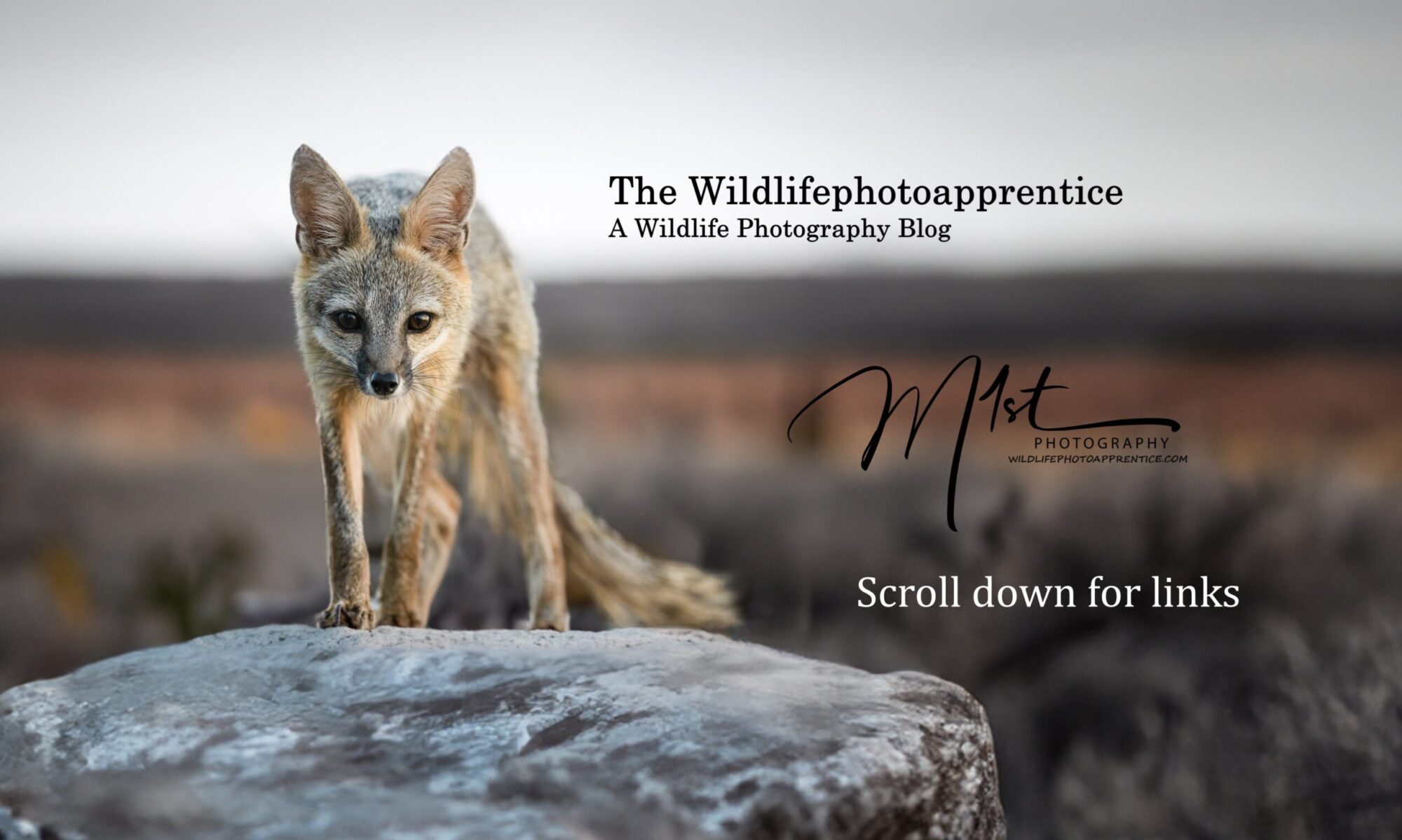Wildlife photography is a rewarding and exciting hobby, but locating wildlife can be a challenging task. Finding the right location and knowing when and where to look for wildlife is key to capturing stunning images. In this article, we will discuss some things you can do to locate wildlife to photograph in their natural settings.
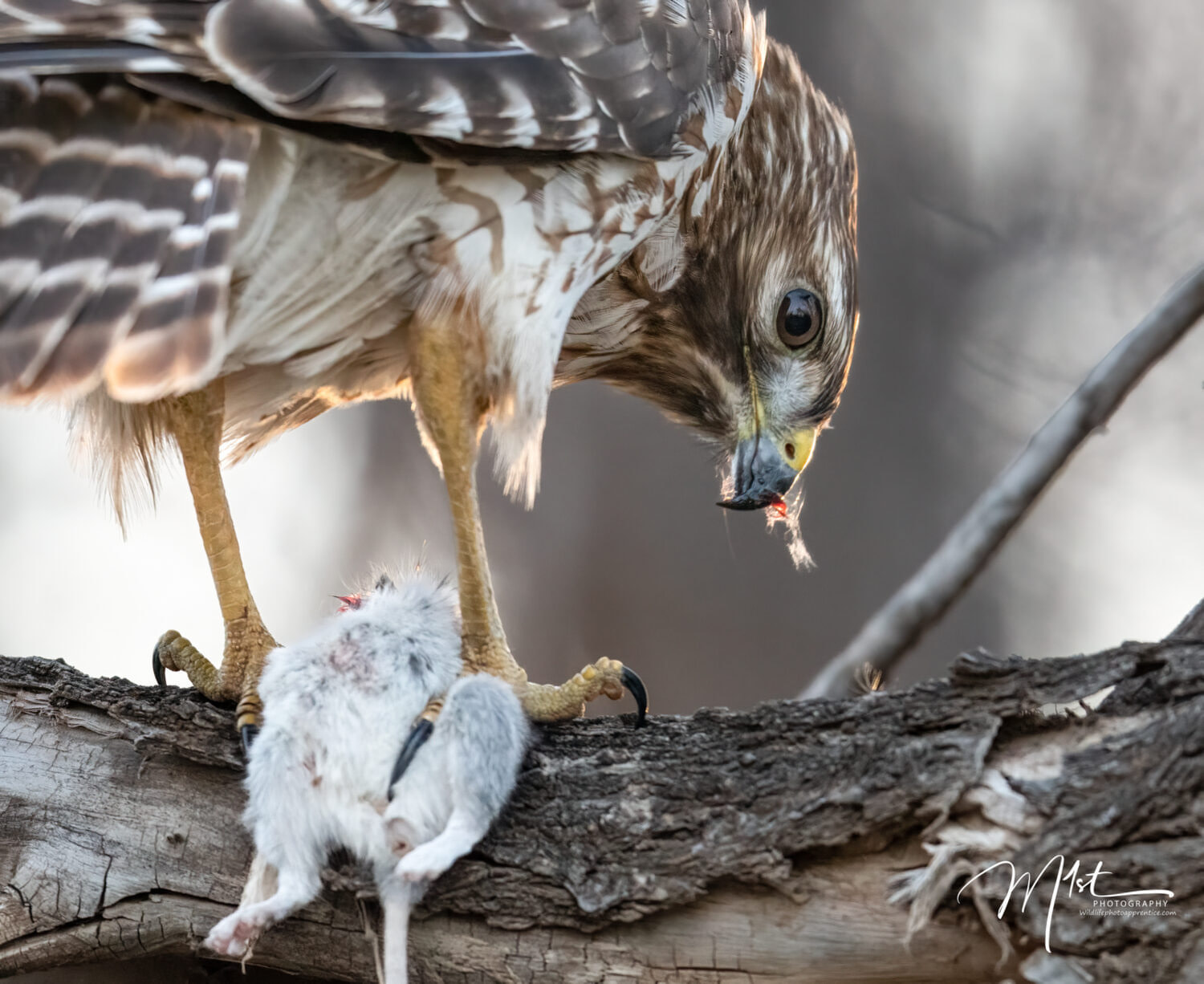
Research the location:
Before heading out to a wildlife photography destination, it’s essential to research the location thoroughly. Researching the location includes learning about the types of animals that are found in the area, their behavior, and their habitat. Knowing this information will help you to identify potential areas to find the particular type of wildlife you want to photograph. For instance, the website “eBird” is filled with loads of current, location and species-specific information to help you locate birds.

Choose the right time of day:
Choosing the right time of day to photograph wildlife is crucial. Many animals are most active during the early morning or late afternoon hours, also known as the “golden hour.” This is when the light is softer and warmer, creating beautiful lighting conditions for your photos. In contrast, during the midday hours, the light is harsh and can cause shadows and highlights that can be challenging to correct in post-processing.
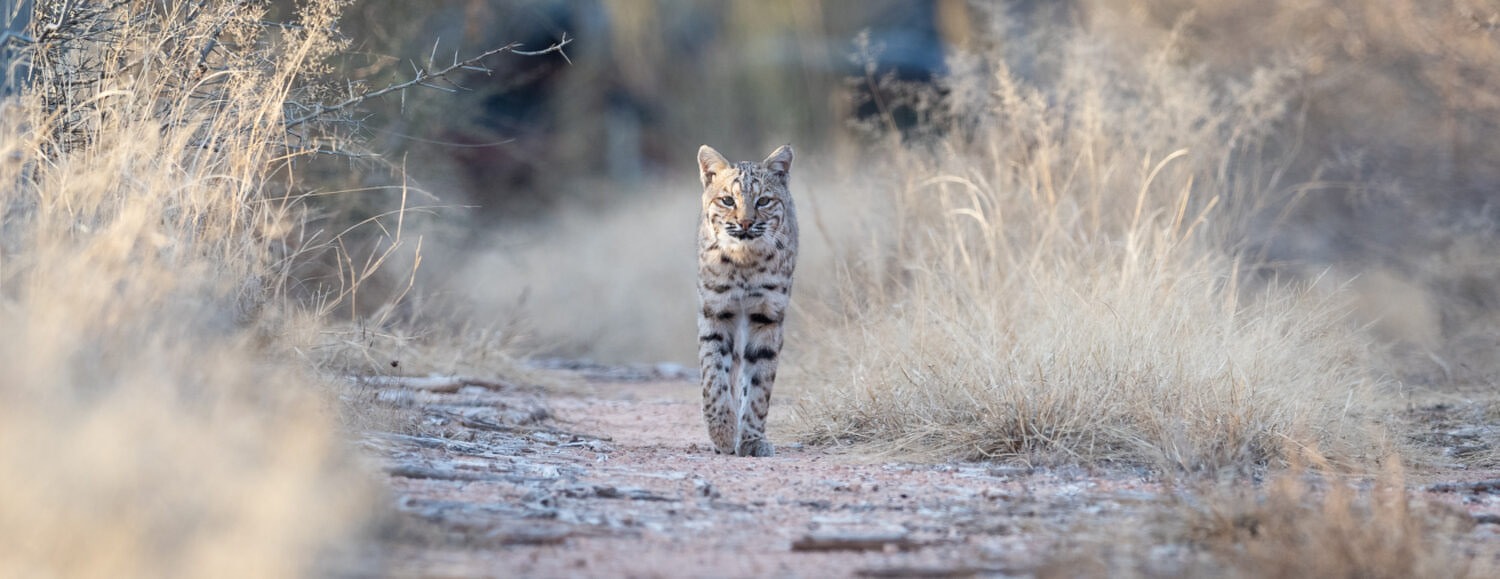
Look for signs of wildlife:
One of the best ways to locate wildlife is to look for signs of their presence. These can include tracks, scat, feathers, and even sounds. If you see tracks or scat, take note of the size and shape, as this can help you identify the animal that left it. If you hear an animal call, try to locate the direction it’s coming from and move quietly in that direction.

Visit wildlife hotspots:
National parks, wildlife refuges, and other protected areas are excellent places to find wildlife to photograph. These areas are often home to a variety of wildlife, and park rangers can provide you with valuable information about the best locations to find specific animals. Yellowstone National Park, for example, has been a go-to location for wildlife photographers for years.
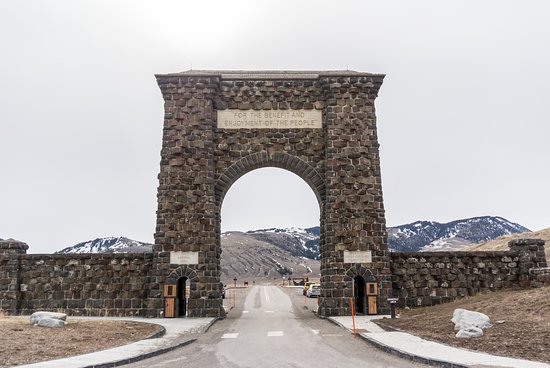
Hire a guide:
If you’re unfamiliar with an area, or if you’re looking for a specific type of animal, consider hiring a local guide. A guide can help you navigate the area and provide insider knowledge about the best locations to find wildlife.
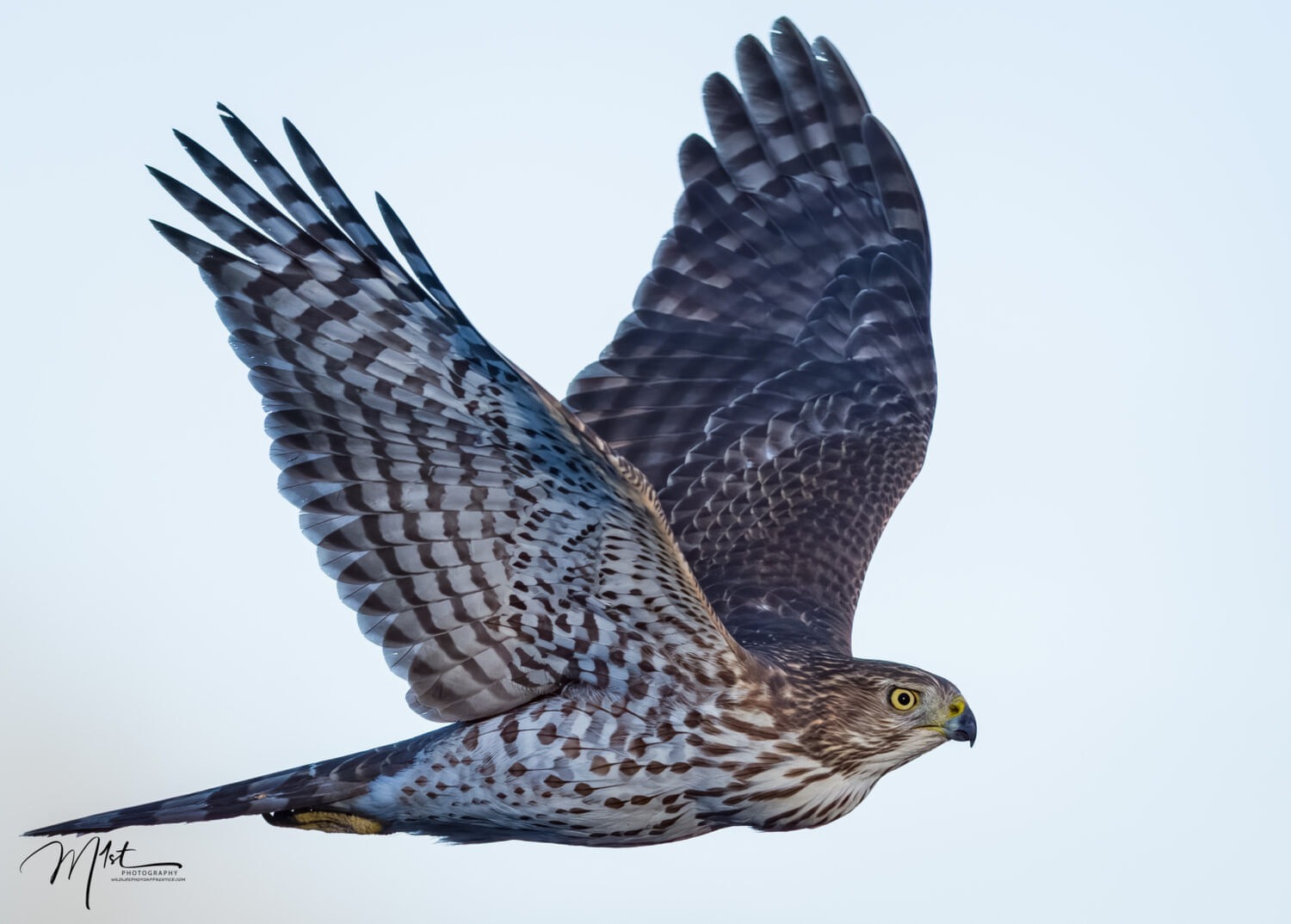
Use binoculars or a spotting scope:
Binoculars or a spotting scope can be useful tools for locating wildlife from a distance. These tools allow you to observe animals without disturbing them and help you identify species that may be challenging to spot with the naked eye.
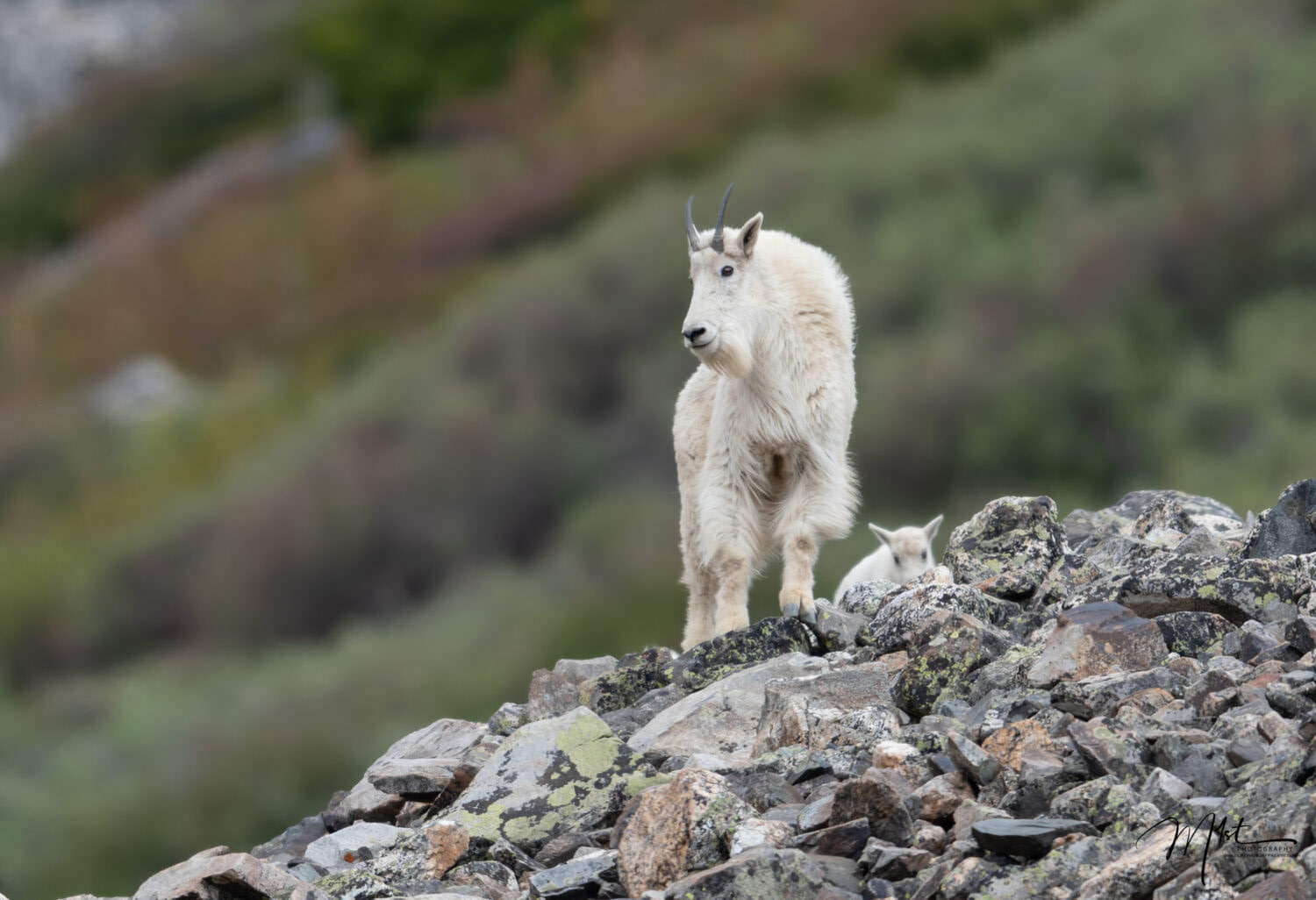
Be patient and observe quietly:
Wildlife photography requires patience and a lot of waiting. Once you’ve located an animal, observe quietly and wait for it to make its move. Animals are easily spooked by loud noises, sudden movements, or strong scents, so it’s important to remain quiet and still while you’re waiting for the perfect shot.
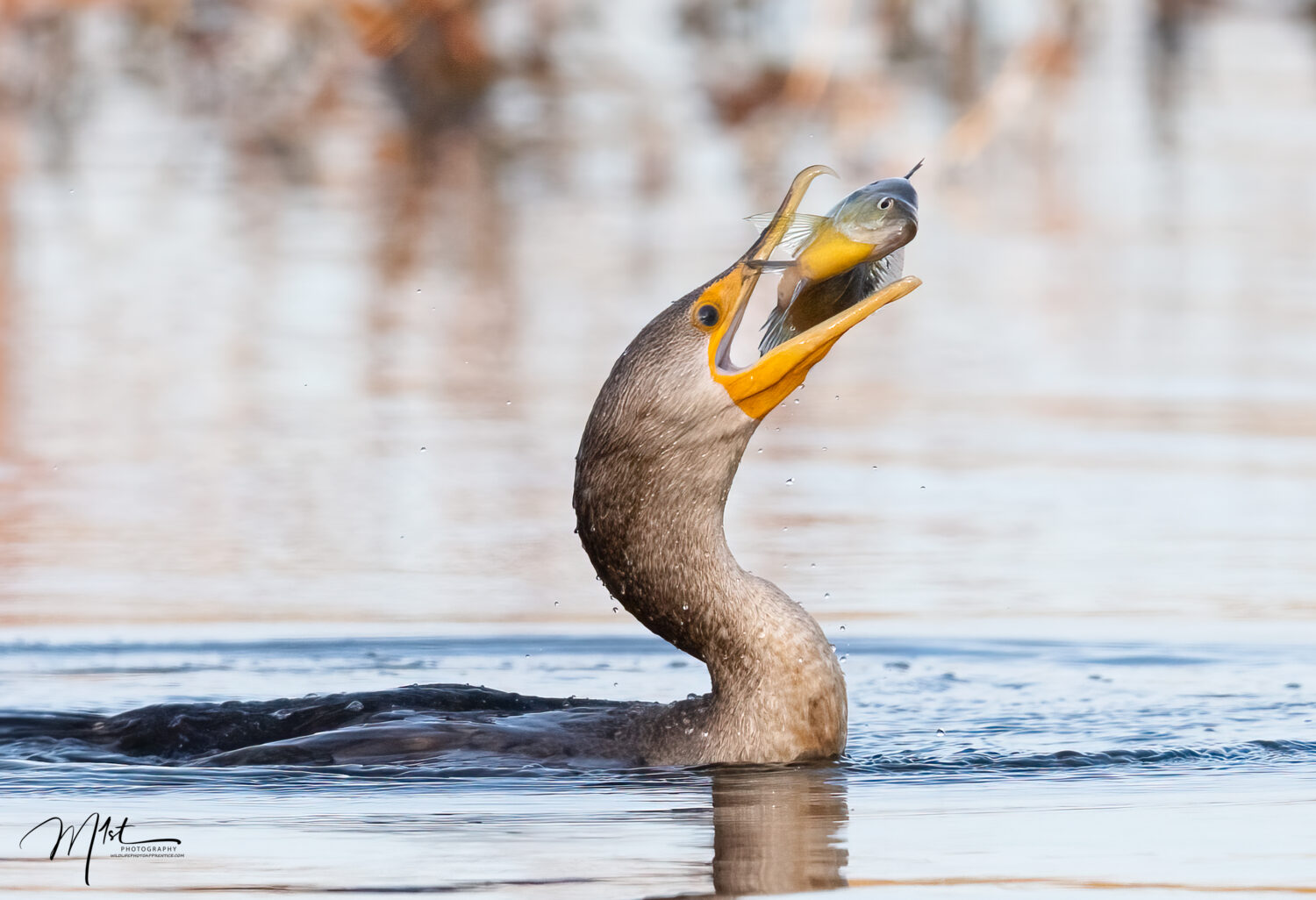
Be respectful of wildlife:
It’s important to be respectful of wildlife and their habitat when photographing them. Avoid disturbing animals, especially if they have young, and keep a safe distance to avoid putting yourself or the animal in danger. Be mindful of your impact on the environment and leave no trace of your visit.
Join a photography group or club:
Joining a photography group or club can be an excellent way to connect with other photographers and learn from their experiences. These groups often organize trips and events that can provide you with opportunities to photograph wildlife in their natural settings.
Stay safe:
Finally, it’s essential to stay safe when photographing wildlife. Always be aware of your surroundings, especially if you’re in an area where there may be dangerous animals. Wear appropriate clothing and gear, and be prepared for changes in weather conditions.
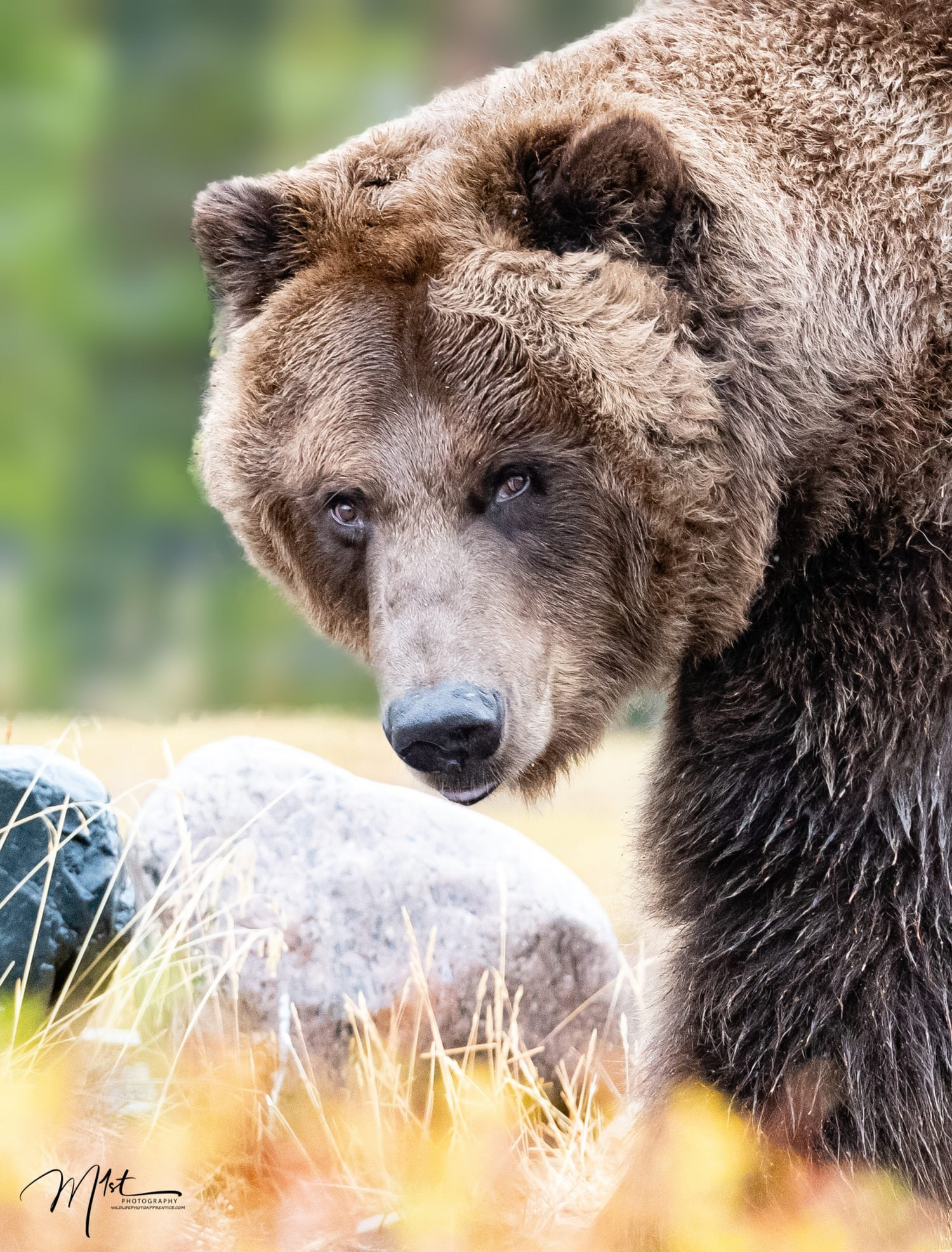
In conclusion, locating wildlife to photograph in their natural settings requires research, patience, and respect for the animals and their habitat. By following these tips, you can increase your chances of finding the perfect shot and creating stunning wildlife photographs.
